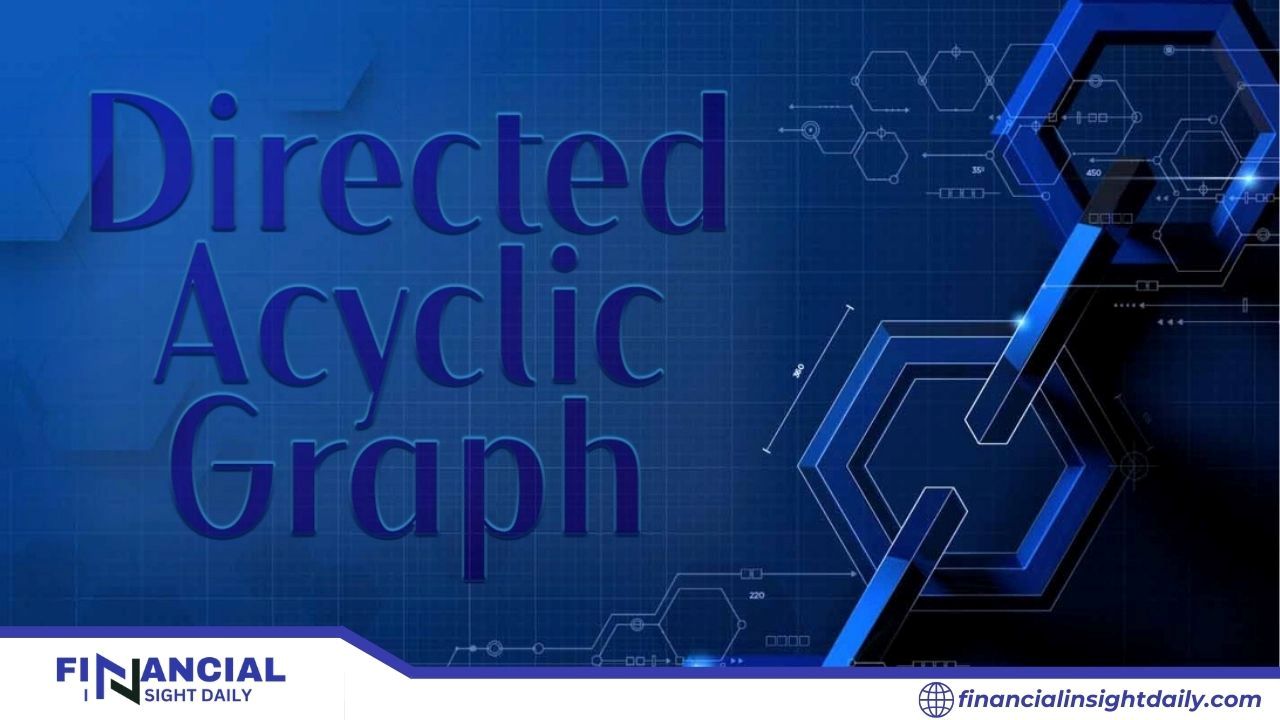As blockchain technology continues to revolutionize industries, alternative solutions like DAG (Directed Acyclic Graph) have emerged, offering unique advantages. Understanding the nuances of DAG technology vs blockchain transmission is crucial for anyone looking to delve deeper into the world of decentralized systems. This article explores the fundamental differences, applications, and potential of these two groundbreaking technologies.
What is Blockchain Transmission?
Blockchain transmission refers to the method by which data or transactions are processed and stored on a blockchain. A blockchain is a linear sequence of blocks containing data, connected by cryptographic hashes. This sequential structure ensures security and transparency but often faces challenges like scalability and high energy consumption.
The core principles of blockchain transmission include:
- Decentralization: Transactions are verified by a distributed network of nodes.
- Immutable Ledger: Once data is added, it cannot be altered.
- Consensus Mechanisms: Proof of Work (PoW) and Proof of Stake (PoS) are commonly used to validate transactions.

What is DAG Technology?
DAG technology, short for Directed Acyclic Graph, is an alternative data structure that eliminates the need for sequential blocks. Instead, transactions are represented as nodes in a graph, where each transaction validates one or more previous transactions. This unique approach allows for faster and more efficient processing.
Key features of DAG include:
- Scalability: Performance improves as more users join the network.
- Low Fees: The absence of miners significantly reduces transaction costs.
- Energy Efficiency: DAG requires minimal energy compared to traditional blockchains.
DAG Technology vs Blockchain Transmission: Key Differences
| DAG Technology | Blockchain Transmission | |
| Architecture | Utilizes a web-like structure, enabling parallel processing of transactions. | Operates on a linear structure where data is added in sequential blocks. |
| Scalability | Becomes more efficient with increased network activity, making it ideal for high-volume use cases. | Faces scalability issues as the network grows, leading to slower transaction times. |
| Transaction Speed | Transactions are processed instantly, enhancing user experience. | Transactions require confirmation through consensus mechanisms, which can be time-consuming. |
| Energy Consumption | Requires significantly less energy, aligning with global sustainability goals. | PoW-based blockchains like Bitcoin consume vast amounts of energy. |
| Consensus Mechanism | Transactions validate each other, eliminating the need for miners. | Relies on miners or stakers to validate transactions. |
Applications of DAG and Blockchain
Blockchain Transmission Use Cases
- Cryptocurrencies: Popular for assets like Bitcoin and Ethereum.
- Smart Contracts: Widely used in decentralized finance (DeFi).
- Supply Chain: Enhances transparency and traceability.
DAG Technology Use Cases
- Internet of Things (IoT): Supports real-time data exchange between connected devices.
- Micropayments: Ideal for small-scale transactions due to low fees.
- Healthcare: Facilitates secure and efficient data sharing.
Advantages of DAG Technology Over Blockchain Transmission
- Faster Transactions: DAG’s parallel processing ensures rapid transaction speeds.
- Cost Efficiency: Eliminates the need for mining, reducing operational costs.
- Eco-Friendly: Consumes less energy, making it a sustainable alternative.
- Improved Scalability: Adapts seamlessly to growing user bases.

Challenges of DAG and Blockchain
Blockchain Transmission Challenges
- Scalability: Limited by block size and consensus time.
- Energy Usage: High energy consumption raises environmental concerns.
DAG Technology Challenges
- Security: Lack of miners can make the network vulnerable to certain attacks.
- Adoption: As a newer technology, it faces barriers to widespread implementation.
The Future of DAG Technology and Blockchain Transmission
The debate over DAG technology vs blockchain transmission highlights their unique strengths and limitations. While blockchain remains the backbone of many decentralized systems, DAG is emerging as a complementary solution for specific applications requiring speed and scalability.
As both technologies evolve, their integration could pave the way for hybrid systems, combining the best of both worlds. Innovations in consensus mechanisms and enhanced security features will likely address current challenges, making these technologies even more robust.
In the ever-evolving landscape of decentralized technologies, understanding DAG technology vs blockchain transmission is vital for making informed decisions. Whether you’re a developer, investor, or enthusiast, both technologies offer valuable insights into the future of data processing and digital transactions.
To stay updated on the latest trends and innovations in blockchain and DAG technology, visit Financial Insight Daily. Dive deeper into the world of crypto and discover how these technologies are shaping tomorrow!

